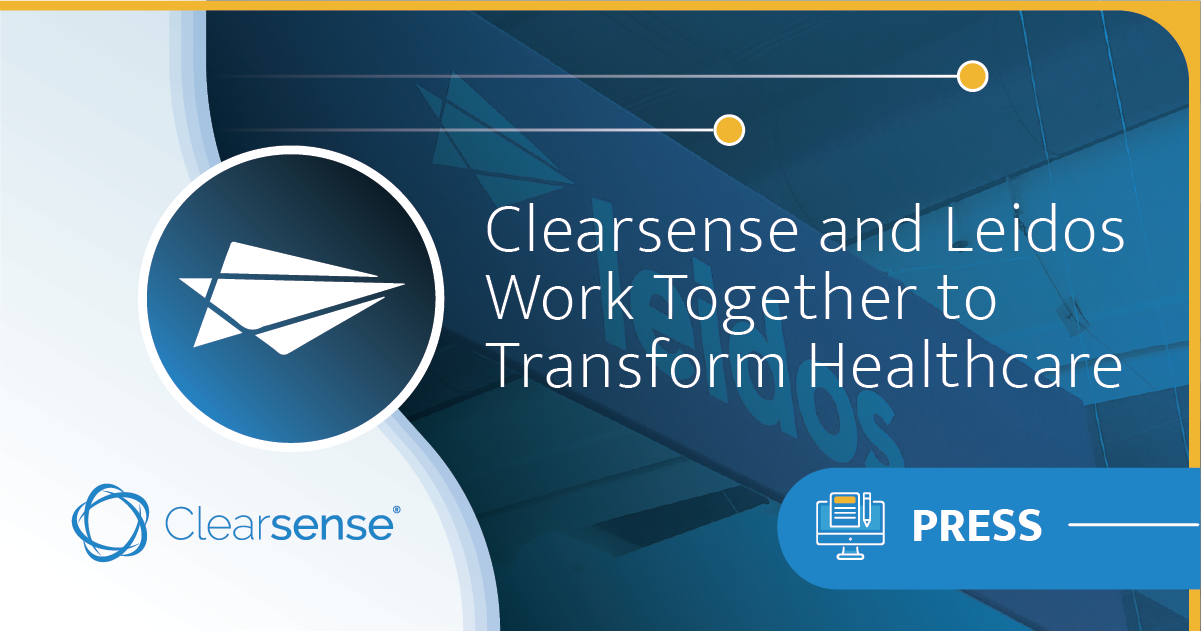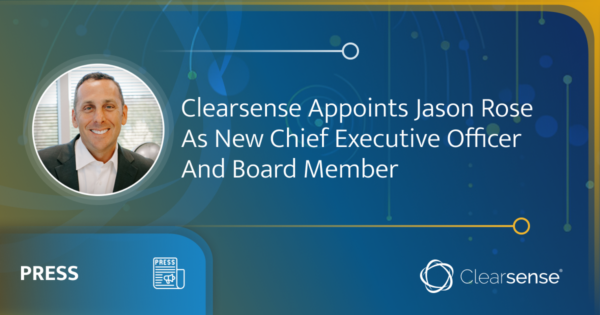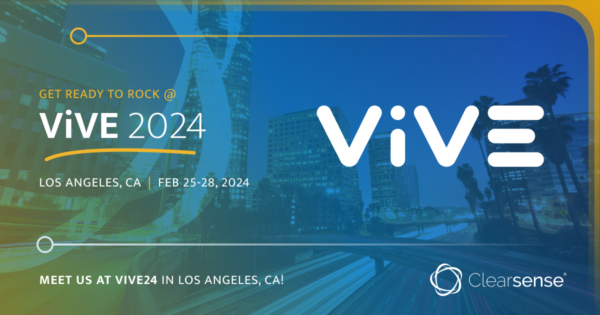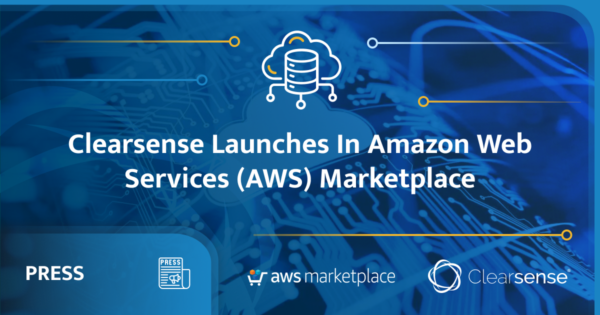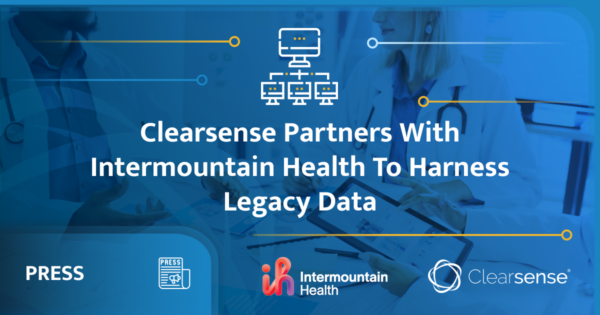
I have worked in the healthcare data space for over three decades. The ONE challenge I continue to face is the demand for information far exceeds the supply of analytic resources in healthcare. There is a never-ending backlog of requests for data and reports. Even with all the technological advances, we still need to ask a question months before we need the answer.

Back in the 1800s when the telephone was invented, the demand for communication soon surpassed what switchboard operators could manage. To meet the demand, every person wanting to make a telephone call needed to become their own switchboard operator. This really happened! People learned a new skill, technology advanced, and today, everyone places their own phone calls.
We can learn a lot from history. When something becomes critical in our way of life, everyone eventually learns and engages. I believe we need to follow the same trajectory with healthcare data analytics. To meet the demand, everyone needing information must learn how to interact with data independently AND technology needs to enable this. Data is not the new oil in our world; it’s the new oxygen.
Data Literacy is all the buzz these days, but is it really a silver bullet? Personally, I don’t think it’s appropriate to refer to our “business” people as being data illiterate. The business knows their data. The business knows their business better than anyone in IT ever will. We shouldn’t be telling the business they need to take classes to learn about data models and data management. We, the technologists, need to simply pull back the curtain, reveal the secret sauce, and provide more transparency into the data landscape! They know their data, they just don’t know enough about what happens between the time they enter it into a system and it shows up incorrectly on a report or a dashboard.
People are still the best asset for organizations to get value from their data. People want to use their data — they want to use it to solve problems, guide their decision-making, and be “data” driven. They know what data can do for them and how they want to use it. They are Data Literate — they just live in a data swamp despite data being collected all around them. Research from Forrester found that between 60 and 73 percent of all enterprise data is never analyzed.
Gartner defines data literacy as:
Recommended Content
”the ability to read, write and communicate data in context, including an understanding of data sources and constructs, analytical methods and techniques applied, and the ability to describe the use case, application, and resulting value.
Gartner
The problem is not that people don’t “know how to use data” — it is that they don’t have the access and, more importantly, transparency around and about the data.
It’s time to stop calling our business “data illiterate” and start focusing on providing more transparency.
Let’s define data transparency here: it is all the things that enable people to locate the data they need, trust and understand how the data was collected and transformed, select the best source of truth to provide insight, and make working with data EASIER for everyone in your organization.
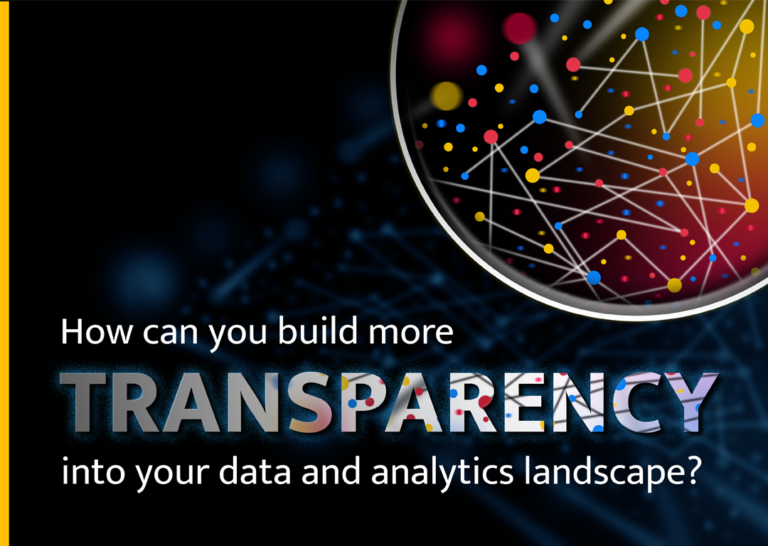
Data Transparency involves providing answers to the following, seemingly simple, common data questions. Yet it remains out of reach for most healthcare organizations. “Phone-a-friend” continues to be the primary path to information.
- Where can I find the data I need?
- Who has decision rights and accountabilities for the data?
- Is the data correct?
- What am I permitted to do with the data?
- Where did the data come from?
- What does the data mean?
Start treating data like the strategic asset that it is; it is a fundamental change in your processes around data. This is done through data governance that applies assets management techniques to data, like any other assets in an organization — your equipment, property, inventory, etc.
From here, you will see the data analytics abilities of your entire workforce mature. People learn best by exploring and doing. Course work is helpful for people who are curious about data science and the components of data management, but it is NOT required to get value from data. I use a cellphone every day, but I have no idea how it works.
I have learned, from raising my children, that if I do everything for them, they will not learn and grow. We have not done the business any favors by doing all the data work for them. It’s time to give them what they need in order to explore on their own. We should be focusing on enabling more people to be data analysts, and classwork is NOT the answer. Transparency into the data and analytics footprint is the silver bullet.

